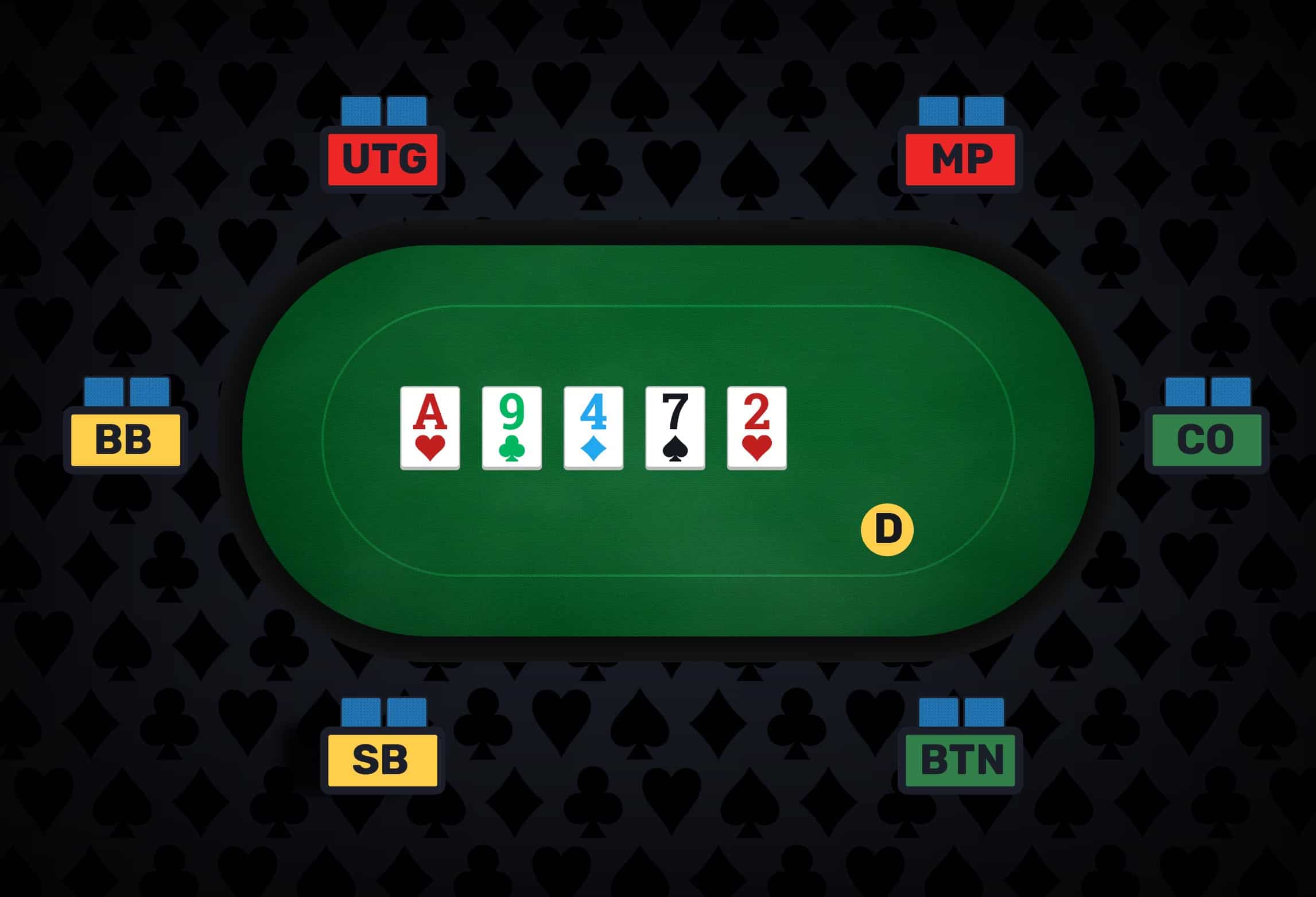Poker is a traditional card game that requires skill, strategy, and a little luck. Understanding the many sequences or hands that may be produced with the cards is essential to mastering poker. However, the game is complicated enough that even the most seasoned pros will often be surprised by poker hands they never considered before.
Covering every possible poker hand sequence in a single book is impossible. Still, we will attempt to provide a comprehensive introduction to those sequences and hands that are particularly useful for beginners. We’ll review the essential Poker Sequence in this beginner’s tutorial to help you confidently navigate the game.
What are Poker Sequences?
Sequences in poker refer to the numerous card combinations that players try to obtain to win a hand. These sequences, often called hands or ranks, establish the game’s winning hierarchy. Each sequence has criteria for identifying a winner, beginning with the fundamental high card and advancing to more complicated combinations such as one pair, two pairs, three of a kind, and beyond. Understanding poker sequences is essential for players who want to judge the strength of their hands and make strategic decisions while playing.
1. High Card: The card is the most basic poker hand. If no one has a pair or better, the highest card in their hand determines the winner. The highest-ranking card is the Ace, followed by the King, Queen, and so on. If two players hold the same high card, the tie is broken by comparing their hands’ following highest cards.
2. One Pair: A pair comprises two cards of the same rank. A team is formed when you have two eights or two queens in your hand. If both players have a pair, the highest pair determines the winner. If the pairings rank the same, the highest card outside the team is used as a tiebreaker.
3. Two Pair: Having two sets of pairs in a single hand is called two pairs. For example, a two-pair hand comprises a pair of sevens and a pair of kings. In a tie, the player with the highest pair wins. The second pair is evaluated if the first and second most elevated pairings are equal. If both pairings are the same, the fifth card breaks the tie.
4. Three of a Kind: A four-of-a-kind hand comprises three cards of the same rank, such as three tens or three aces. In the event of a tie, the player holding the highest-ranking set of three cards wins. If both players have three of a type, the highest card outside the group is used as a tiebreaker.
5. Straight: A straight is five consecutive cards of any suit. 5-6-7-8-9 or 10-J-Q-K-A, for example, are viable straits. The straight with the highest top card takes the pot in a tie. Straight, a Poker games might be the lowest (A-2-3-4-5) or the highest (10-J-Q-K-A).
6. Flush: A flush is a hand in which all five cards are of the same suit but are not in order. If two players hold a color, the highest card in the flush determines who wins. If the top two cards are identical, the third highest card is compared, and so on, until a winner is established.
7. Full House: A whole house occurs when you have a three-of-a-kind and a pair in the same hand. A whole house, for example, is formed by three jacks and a couple of sevens. If there is a tie, the winner is determined by the player who has the highest three of a kind. The team is compared if the three of a type are also the same.
Conclusion:
Understanding these fundamental poker sequences is critical for any novice enjoying the game. With practice, you’ll learn to analyze your opponents, calculate probabilities, and make intelligent plays to improve your chances of winning at the poker table. Remember that poker is more than simply the cards you have; it is also about how you play them.

